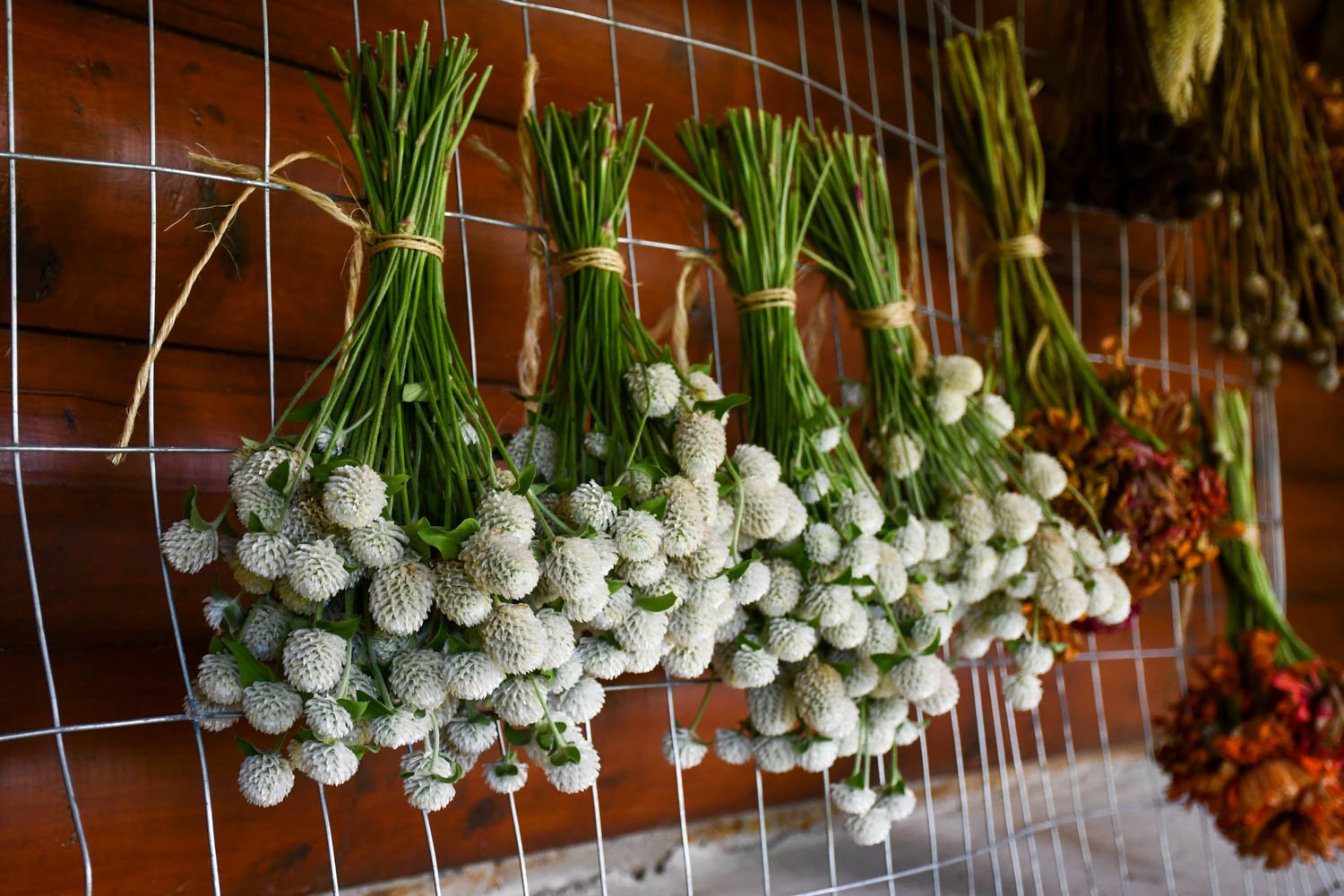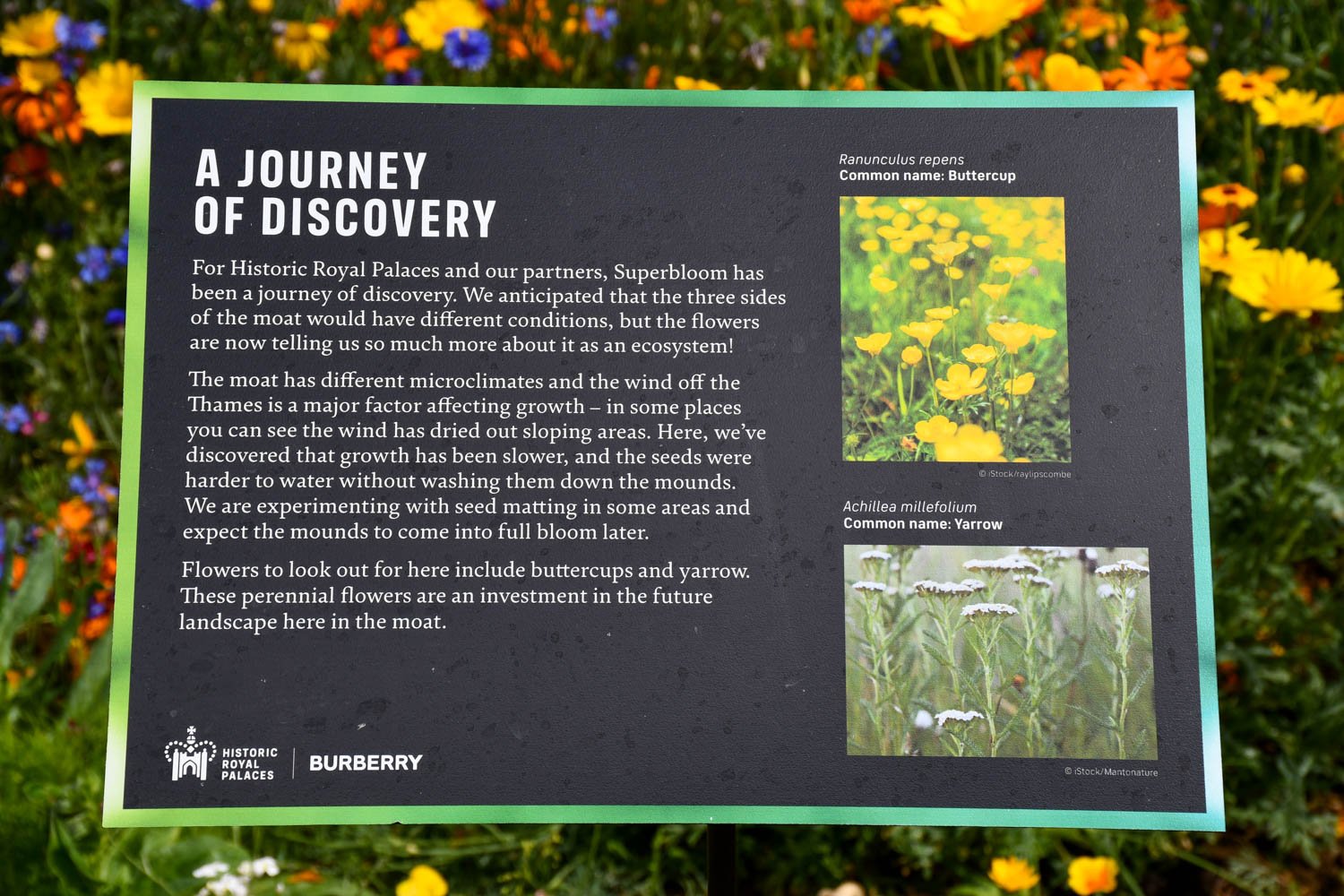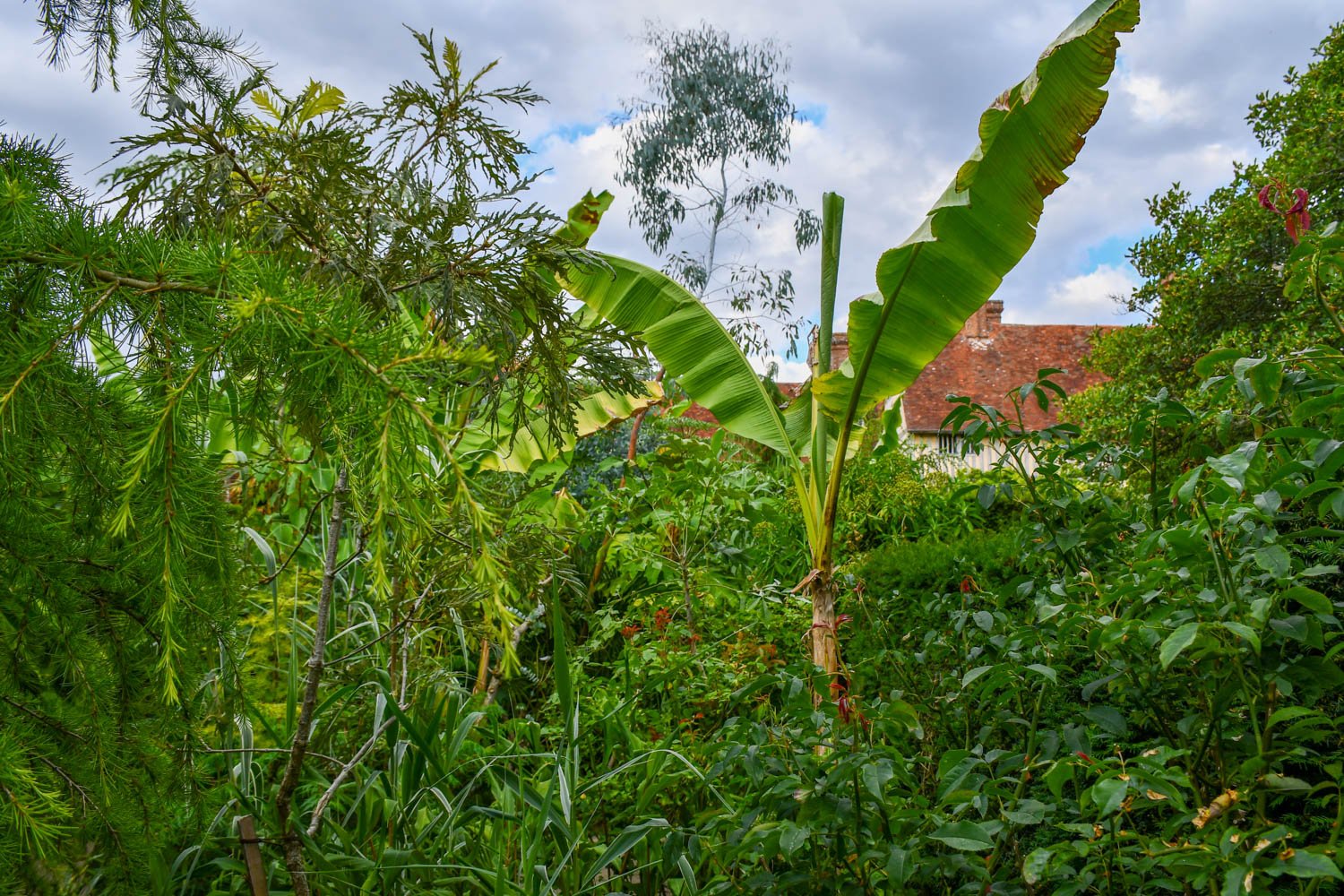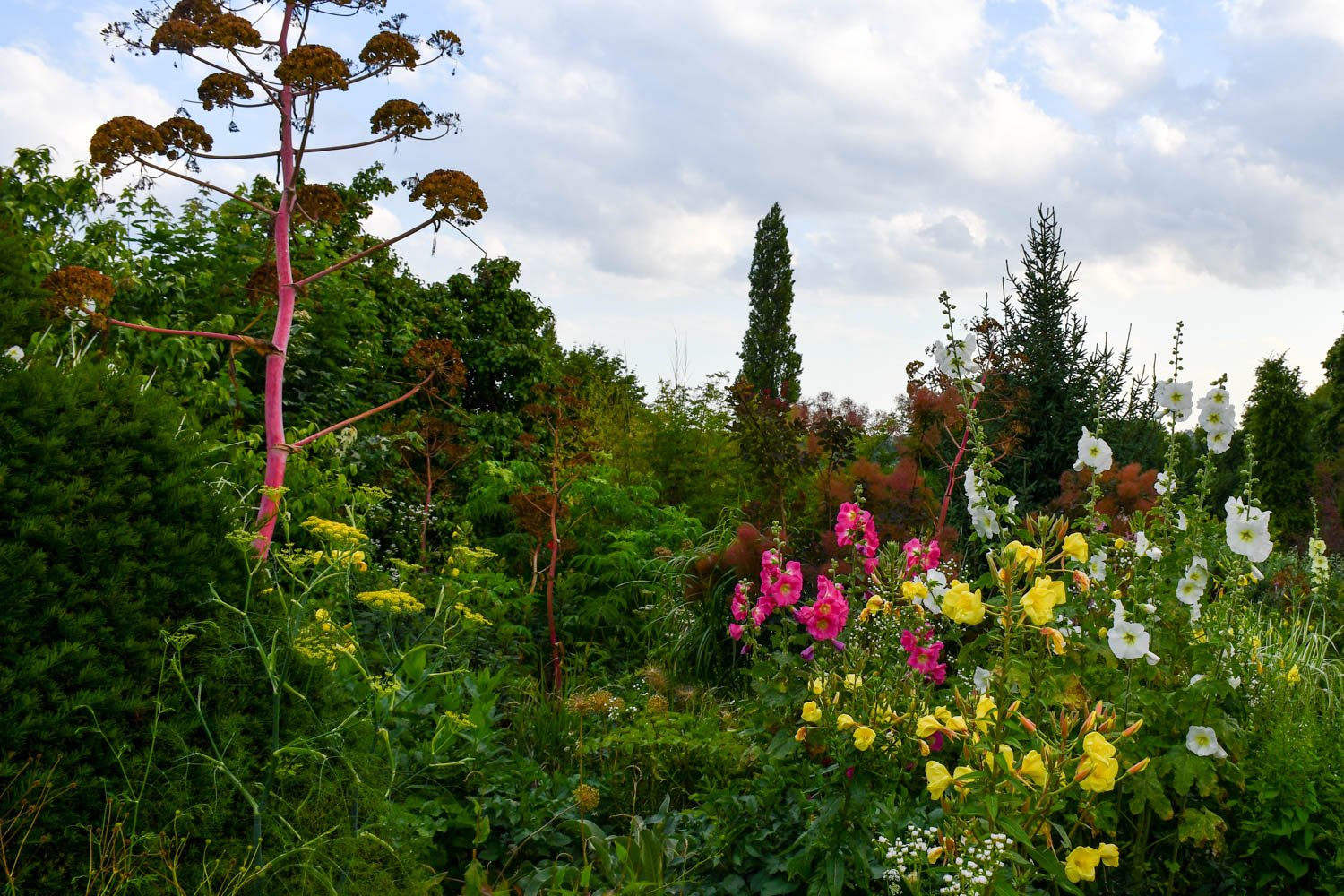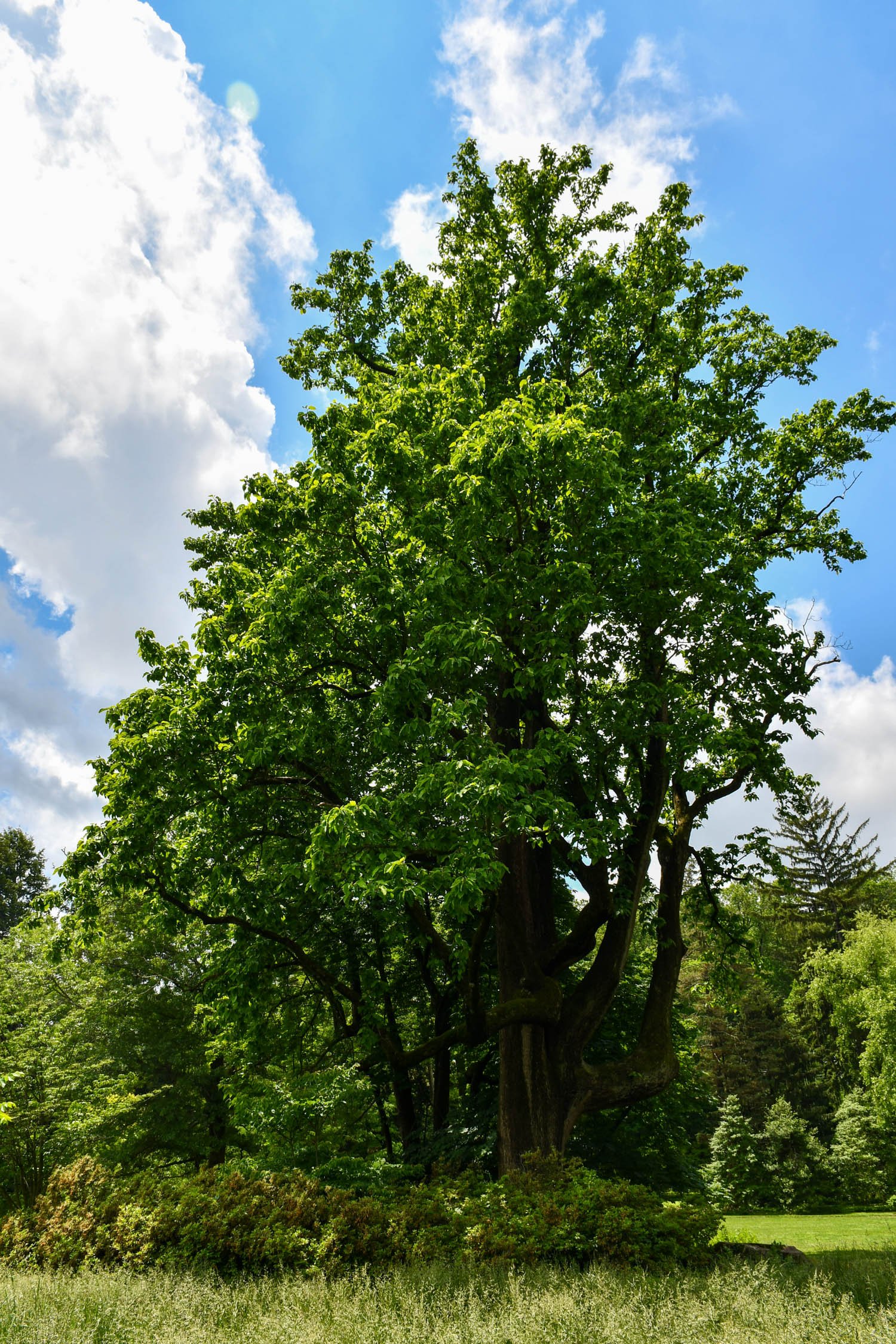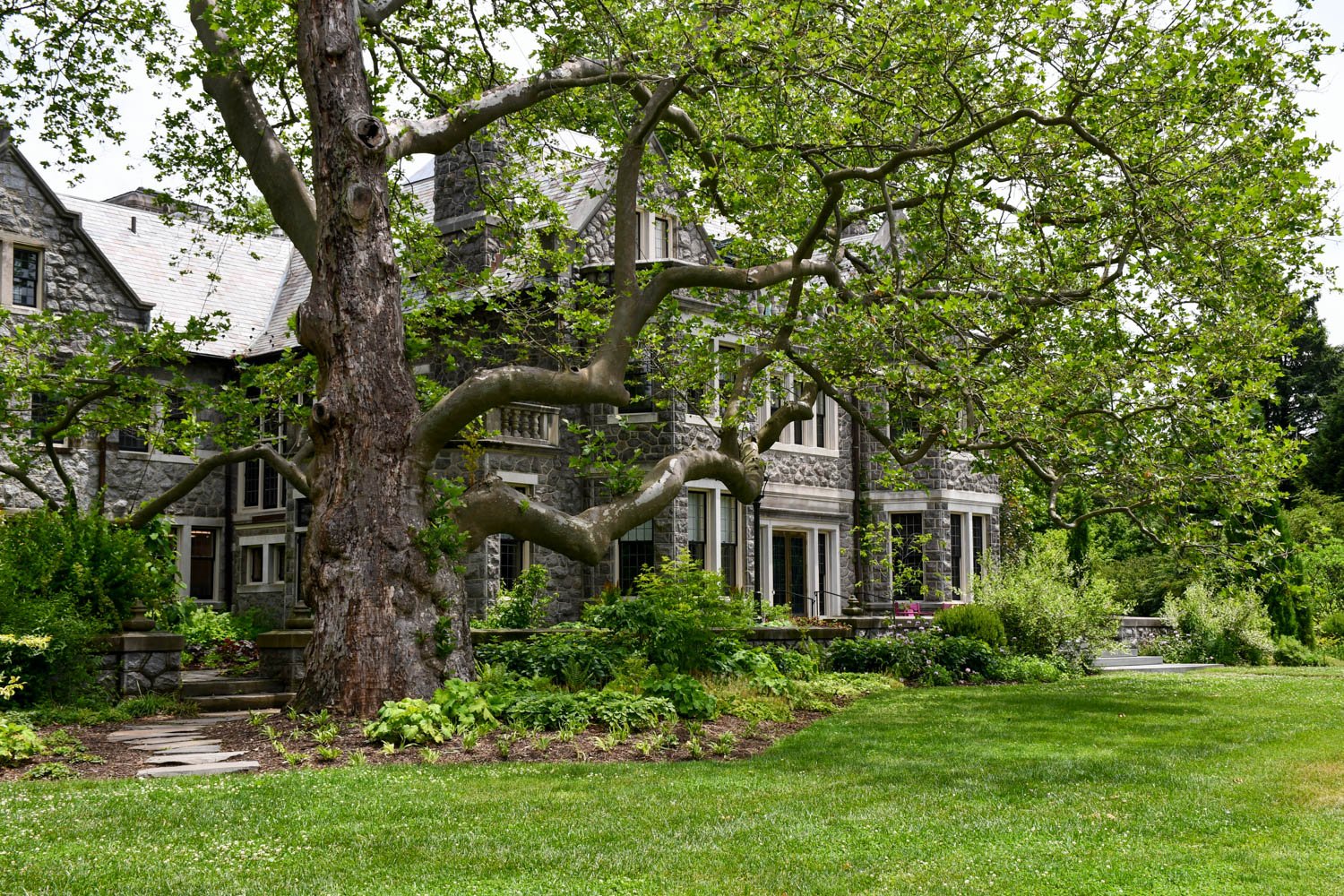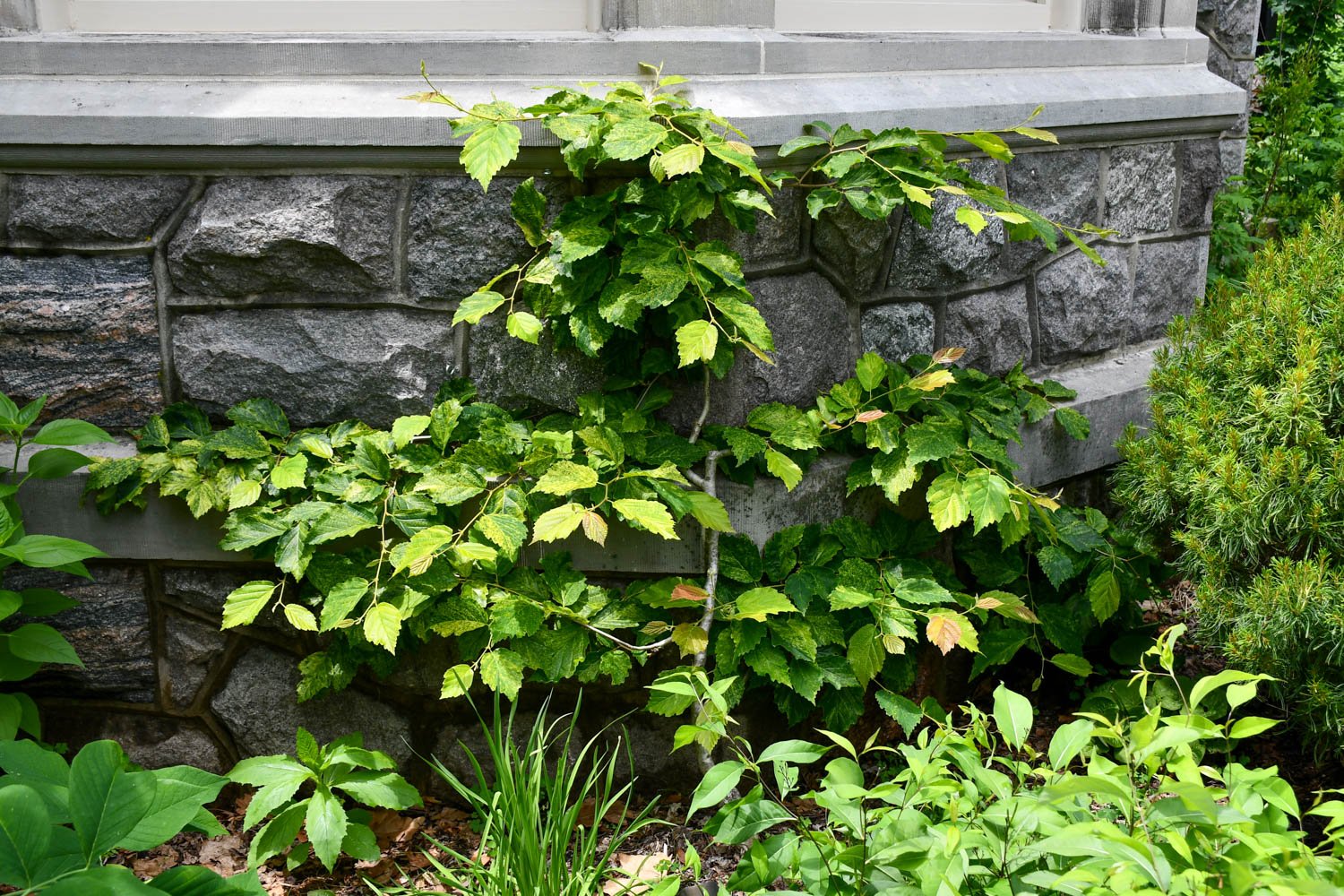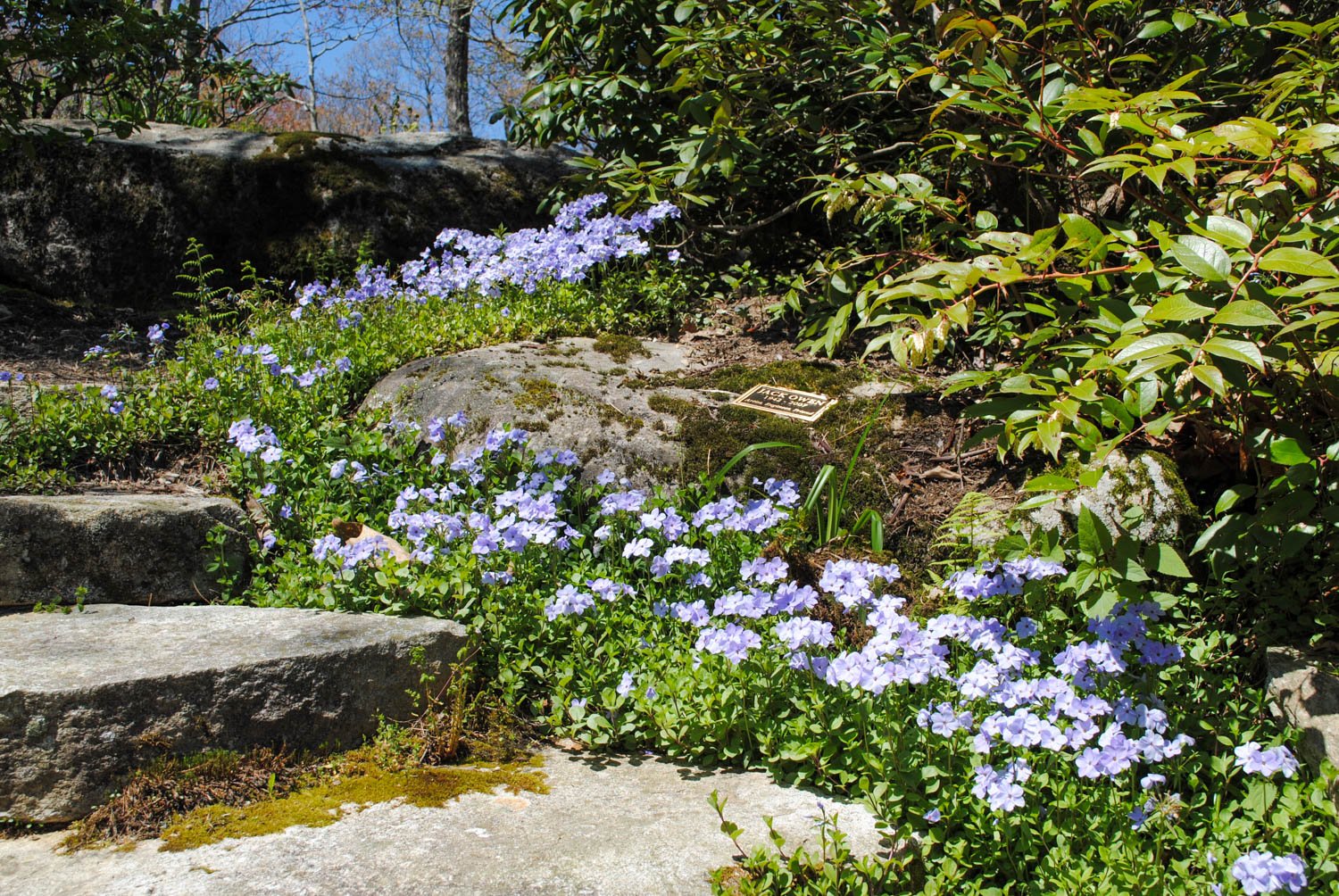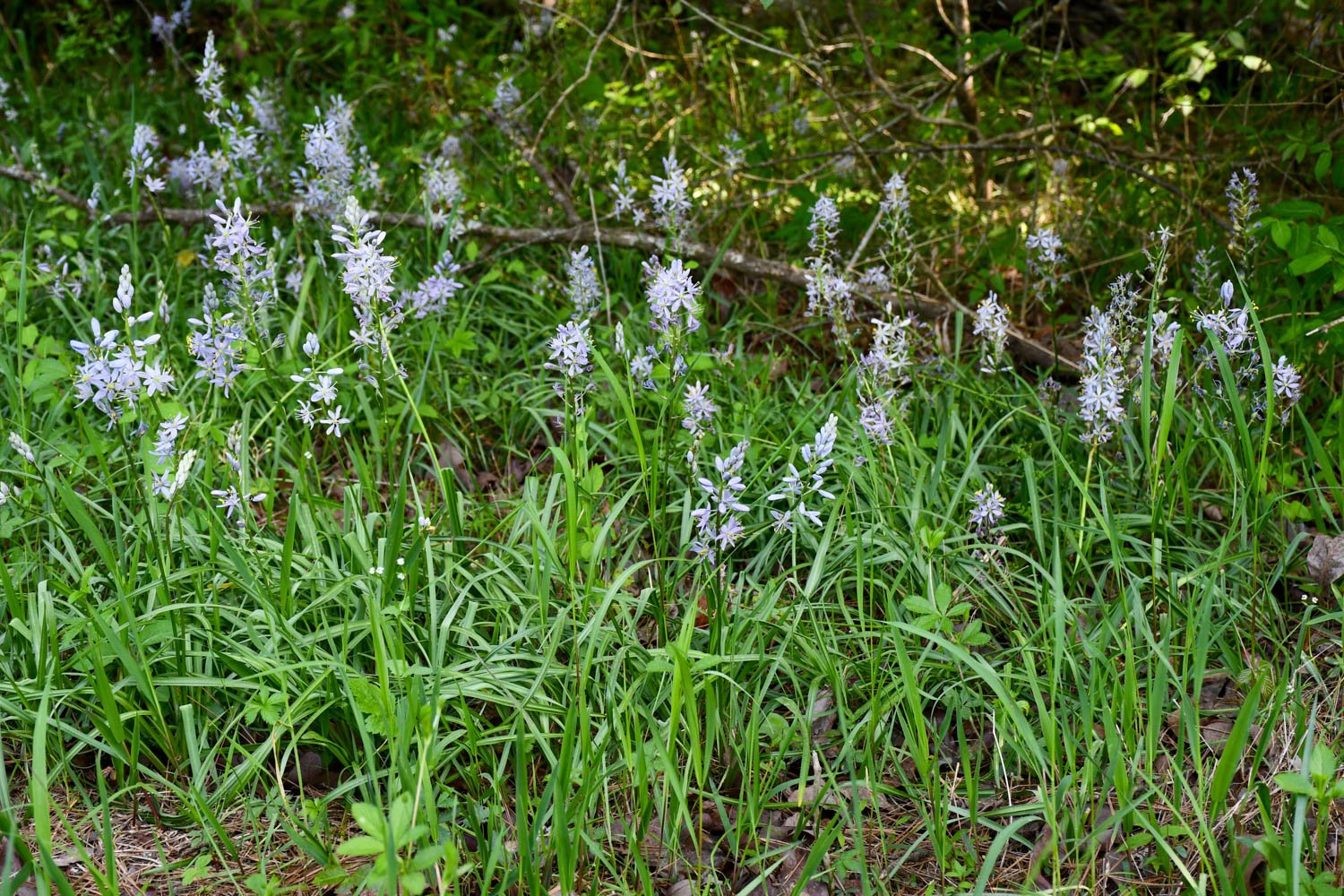I’ve been doing a happy dance. We were blessed with another 2.5 inches of rain this week, which brings our total since mid-August to over 4.5 inches. The precipitation has certainly set the stage for fall, and everything just feels cooler with the ground and vegetation primed with water. The garden looks so much fresher. Leafless twigs have new growth emerging, and plants that were sulking have a vibrancy they have lacked for months.
With the return of the rains we also see the reappearance of autumn geophytes like oxblood lilies. And, my, are they making a show this year. They looked quite funky a few days ago as the scapes emerged, like gnarled red fingers rising from the earth. And, now that they are in full bloom, I am amazed. I don’t ever remember them looking so good or all blooming at once. Perhaps they’ve finally settled in. The red is such a brilliant crimson. If I’m honest, I’ve never been very impressed with their performance here, but this year has changed my mind. I’m so glad that I planted them.
Rhodophiala bifida flower scapes rise from the ground after a soaking rain
I lined thirty rescued bulbs of Rhodophiala bifida out in our patch a few years ago in turf to hold them until I could decide where would be a good spot for them in the garden. Beside these additions, I have found a few bulbs that were here when we moved in five years ago. A handful of Rhodophiala were grouped with Lycoris radiata and Leucojum aestivum under an old oak, and over the years, I sorted them as they finally developed enough to bloom. Who knows how many years they held on in dense shade before I relocated them.
I was delighted to find a couple more in another part of the yard today. I’m surprised in the five years we’ve been here I’ve never seen them bloom, but the bulbs were just under the drip line of a live oak we lost from the February 2021 cold spell. My guess is with the tree gone, they’ve been able to finally capture enough sunlight to bloom. I spotted the backlit red inflorescence from 250 feet away, and I thought perhaps that hillside would be a perfect spot for more. It’s amazing how perceptible their red is at a distance.
When I compare the flowers from all the bulbs, they seem to have the same flower structure and color. I believe all of them to be clones of the ‘Hill Country Red’ strain that has graced Texas gardens for years. Scott Ogden writes in Garden Bulbs for the South that while Rhodophiala bifida is native to Argentina and Uruguay, the vigorous, polyploid form seen in Texas gardens is absent from its native lands.
It is believed that Peter Henry Oberwetter, a German immigrant, is likely responsible for finding this vigorous selection. He introduced oxblood lilies to the US between 1860 and 1915.
Seeing how they are still holding on at old home places is a testament to their staying power. The flowers may be gone in a week, but the plants won’t be. They will continue sitting there quietly, soaking up their sunshine, and then singing with crimson bells when the autumn rains return year after year.
The line of ‘Hill Country Red’ Rhodophiala bifida at home.





